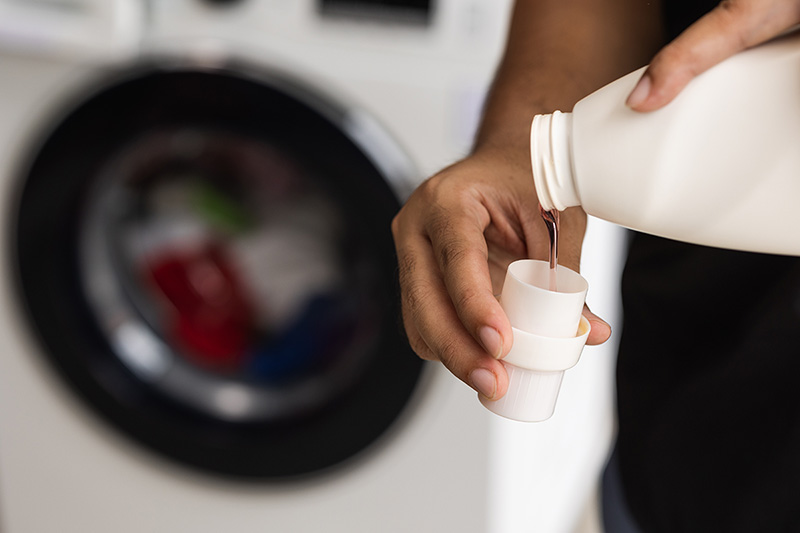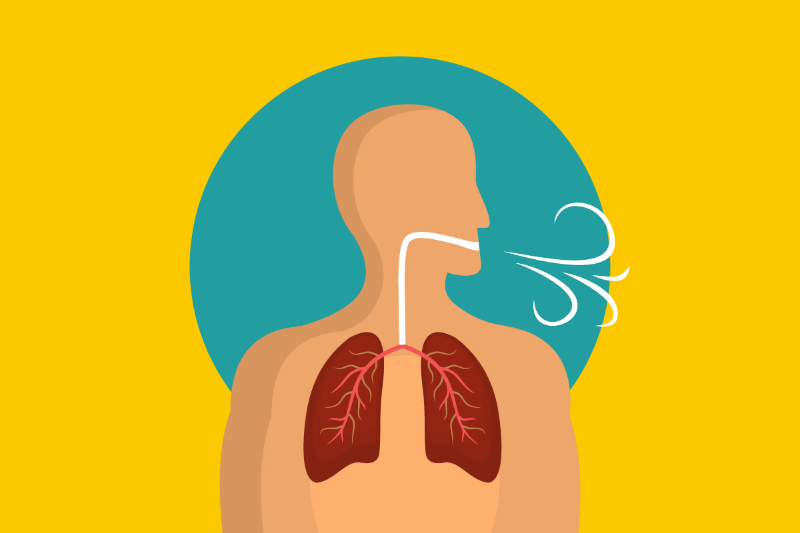Is Your Laundry Detergent Causing That Skin Rash?
Know the signs of skin irritation caused by laundry detergent and what to do if it happens to you.

Skin rashes often pop up unexpectedly, leaving people wondering about the cause behind the irritation. One common cause of skin irritation and rashes is laundry detergent, which gets into your clothing during the wash cycle and rubs against your skin.
Various additives and chemicals—like preservatives, parabens, colors and dyes, and emulsifiers—used in detergents can cause allergic reactions that present as itchy rashes, so it’s important to know the signs of skin irritation and what to do if it happens to you.
Contact dermatitis
The irritation that occurs after using laundry detergent that bothers your skin is known as contact dermatitis. It presents as an itchy, red rash on the skin that may spread over the body or be confined to more sensitive areas, such as the groin and armpits. Other signs of contact dermatitis may include:
- Blisters
- Bumps
- Swelling
- Scaly skin
- Burning skin
More severe symptoms include a fever, a rash that is spreading, or a rash on your face. If these symptoms are present, contact your healthcare provider.
Related: See a Provider Online Using Connect Care
Many laundry detergents sold in stores contain dyes, preservatives, fragrances, surfactants, and other chemicals that can easily irritate the skin. Preservatives extend the shelf life of detergent, while fragrances help the clothes retain a certain scent during and after the wash cycle. Surfactants are surface-acting agents that removes stains by loosening oil and dirt particles from a surface, allowing those particles to be washed away.
Sensitivities or allergies to particular chemicals or laundry detergents can occur after the first use, over a period of several hours, or may develop after repeated exposure. If you have recently switched detergents and have developed a skin rash, it’s likely that the new product is causing skin irritation. But you may find that even after many uses, your skin starts to react to a laundry detergent with red, itchy patches.
Solutions for skin irritation
In most cases, contact dermatitis doesn’t cause severe side effects that require medical attention. The red, itchy patches on your skin can be unpleasant or bothersome, but the symptoms should subside when you stop using the product that is causing the reaction.
To calm irritated skin, wash the affected area of skin with cool water and mild soap to remove the irritant from your skin. You can also try applying petroleum jelly to soothe the area or hydrocortisone cream to lessen the itching.
If you have discovered that your laundry detergent is the culprit of the skin rash, it is important to stop using the product. Consider purchasing a detergent that is free of dyes and fragrances, although it’s tough to know exactly what companies use when manufacturing these cleaning products.
For some people, the irritation doesn’t fully go away and may make their own laundry products that they know are free from dyes, colors, preservatives, parabens, fabric softeners, moisturizers, emulsifiers, and enzymes.
DIY laundry detergent
If you’re struggling to find a detergent that doesn’t cause skin irritation, try making a product that is free of skin-irritating ingredients. Making your own laundry detergent is pretty easy and straightforward, as long as you have the right ingredients.
You might also consider a DIY detergent if you have children with sensitive skin or a new baby at home. Infants can experience skin rashes when their clothing and blankets are washed in certain products because their skin isn’t used to the materials used in commercial soaps and detergents.
Dry Laundry Detergent
Ingredients:
1 bar FELS-NAPTHA Soap, grated
3 cups washing soda
3 cups Borax detergent booster
Mix ingredients in a bowl and transfer to a container with a lid (e.g., glass jar, plastic container). Keep the detergent covered when not in use. Add ¼ cup to the soap dispenser in your washing machine per load.
Liquid Laundry Detergent
Ingredients:
1 cup baking soda
1/3 cup salt
1 cup castile soap
10 drops of essential oils (if desired, but may cause allergic irritation)
Mix all ingredients with two cups of hot water in a bowl or jug with a tight-fitting lid. Shake well and add about ¼ cup to the soap dispenser in your washing machine per load. The ingredients will separate, so shake the bottle or container before each use.
If you want to avoid harmful chemicals and steer clear of contact dermatitis caused by laundry detergent, making your own products is the way to go. Other recipes for DIY laundry soap are available online, so you can find an option that works based on any known irritants or allergens.
Related: 7 Tips for Preventing and Treating Winter Eczema





